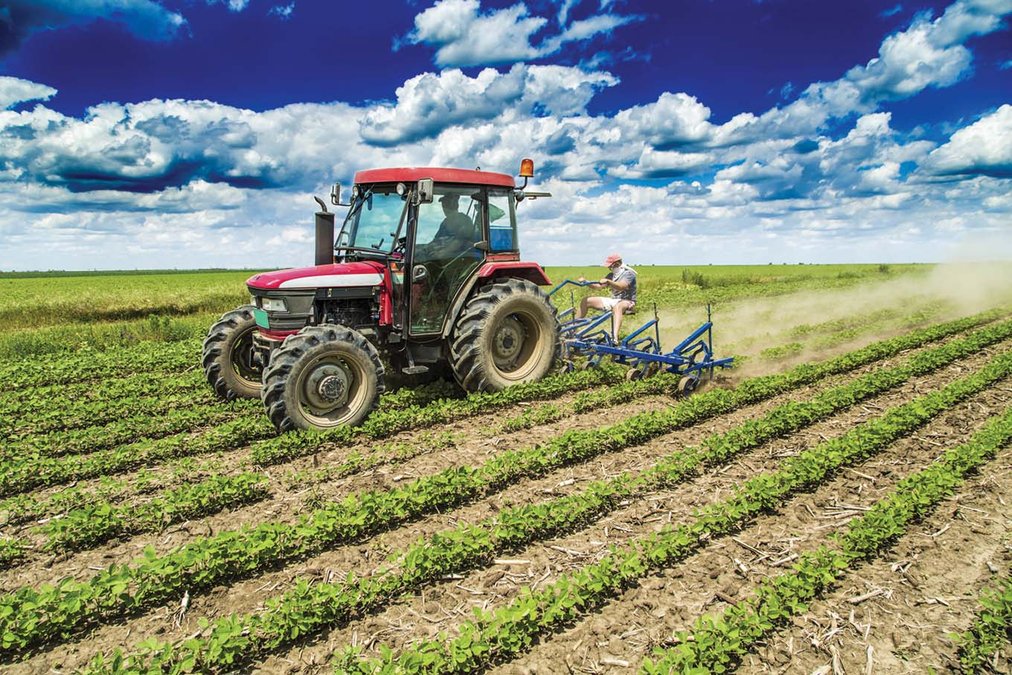The Valley Air District accepted over $20.7 million in additional U.S. Environmental Protection Agency funding to replace old agricultural tractors, heavy-duty trucks and wood burning devices. This funding award represents the biggest award provided nationally to any entity under this solicitation.
“Grant funds such as these recognize the partnerships with Valley residents, farmers, and businesses to expedite emission reductions in the San Joaquin Valley through the deployment of the latest and cleanest technologies,” stated Samir Sheikh, Executive Director and Air Pollution Control Officer of the San Joaquin Valley Air Pollution Control District. “With these funds and matching investments by local partners, the EPA is acknowledging the unique challenges of the Valley and providing much needed and appreciated financial assistance.”
The Valley Air District submitted three proposals to the EPA for the highly competitive 2021 Targeted Air Shed Grant Program and was informed that all three proposals were selected for funding. The agricultural tractor replacement proposal was selected for funding in the amount of $8 million, the wood burning device change out proposal was selected for funding in the amount of $8 million and the heavy-duty truck replacement proposal was selected for funding in the amount of $4.7 million.
The Valley Air District has developed and implemented a robust and effective voluntary incentive program to identify the needs of the Valley and meet those needs with funding that helps generate significant emission reductions that would not otherwise occur.
To date, the District’s Tractor Replacement Program has provided over $540 million to replace nearly 10,000 older, Valley-based agricultural tractors with new, significantly cleaner units. The $8 million from this grant will help fund the replacement of approximately 210 older, tractors with significantly cleaner new Tier 4 tractors, with significant match funding provided by the District and grant recipients.
To date, the District’s Burn Cleaner Program has successfully provided over $43.5 million to replace 24,400 clean burning devices in homes throughout the San Joaquin Valley. The $8 million from this grant will help fund the replacement of approximately 5,760 wood burning devices, with significant match funding provided by the District and grant recipients.
To date, the District’s Truck Replacement Program has successfully provided over $103 million to replace more than 2,400 Valley-based heavy-duty trucks with new, cleaner trucks. The $4.7 million from this grant will help fund the replacement of approximately 56 older, diesel-powered trucks with engine model years of 2010-2016 with new, near-zero or zero-emission trucks, with significant match funding provided by the District and grant recipients. These trucks operate on routes that are in close proximity to disadvantaged communities including those along the I-5 and Hwy 99 within the San Joaquin Valley.
A complete listing of available grant programs and requirements can be found at www.valleyair.org/grants or by calling program staff at 559-230-5800.
The Valley Air District also approved two measures that will reduce emissions from glass melting furnaces and solid fuel fired boilers.
Building on long-standing efforts to reduce air pollution from these and other industrial sources, the District Governing Board’s amendments to Rule 4354 (Glass Melting Furnaces) and Rule 4352 (Solid Fuel Fired Boilers, Steam Generators, and Process Heaters) will require the utilization of extensive pollution control technologies to reduce particulate matter and ozone-forming emissions, and improve air quality throughout the Valley.
These regulatory amendments are part of the District’s ongoing efforts under comprehensive clean air plans to meet federal health-based air quality standards and improve the quality of life in Valley communities. These measures were developed through a public process that included valuable input from affected sources, residents, and community representatives to ensure regulations that result in effective and efficient emissions reductions.
“Today’s actions are a significant step toward continuing to work collaboratively to improve air quality in the Valley and will help us meet the stringent federal air quality standards,” said Jon Klassen, Director of Air Quality Science and Planning.









